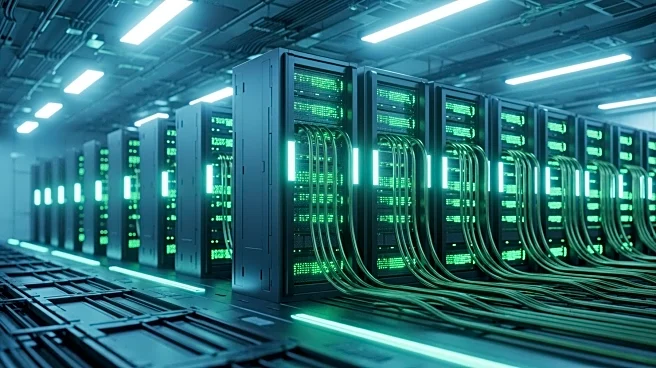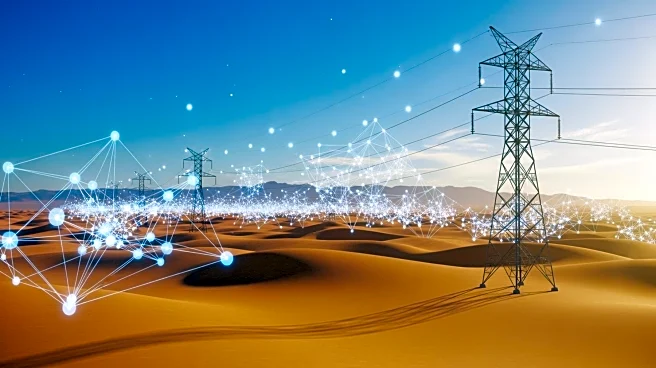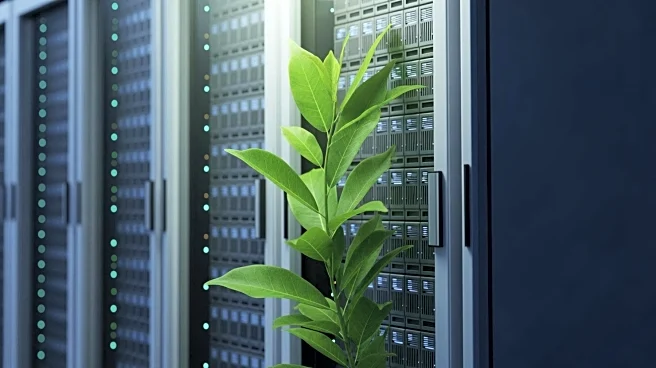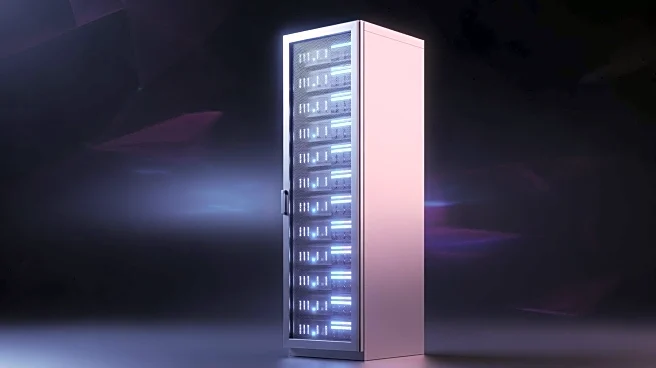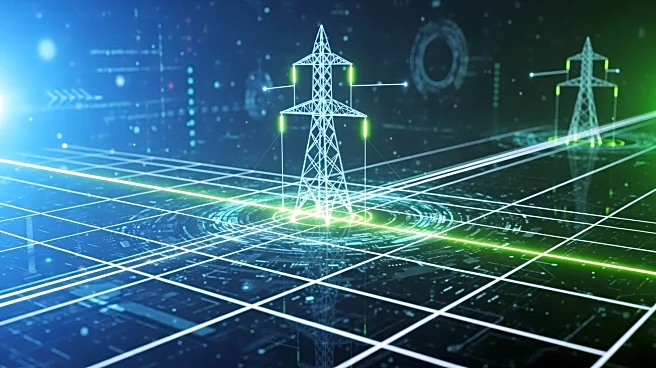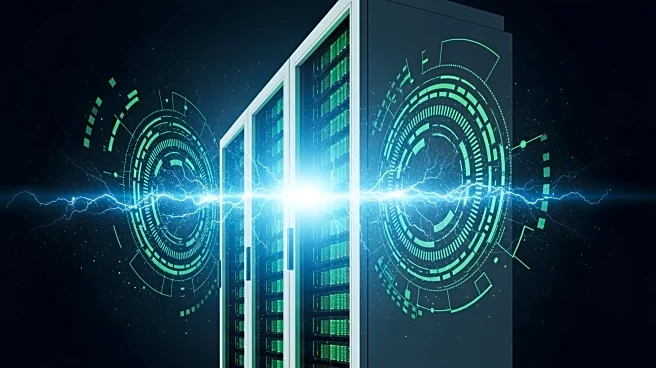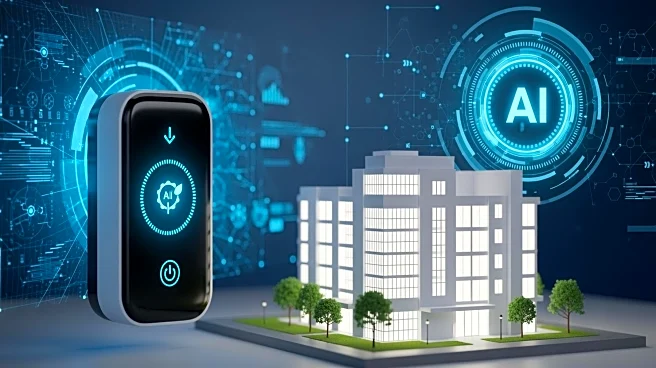What's Happening?
A report by Bank of America highlights the impact of AI data centers on rising utility bills in the U.S. Americans spent 3.6% more on electricity and gas in the third quarter of 2025 compared to the previous year. The report attributes this increase to the growing
demand for electricity driven by the expansion of data centers and the use of electric vehicles. The Bureau of Labor Statistics noted a 5.1% rise in electricity prices and an 11.7% increase in gas service over the past year. The report warns that utility bills could continue to rise, especially if the upcoming winter is harsh.
Why It's Important?
The surge in utility costs due to AI data centers underscores the challenges of meeting the energy demands of modern technology. As data centers expand, they require significant power, which can strain the existing grid infrastructure and lead to higher costs for consumers. This situation is particularly concerning for lower-income households, which may struggle with the financial burden. The report also highlights the potential impact on consumer spending, as higher utility bills could reduce disposable income and affect economic growth.
What's Next?
As utility bills continue to rise, there may be increased pressure on policymakers to address the energy demands of data centers. This could involve regulatory changes to ensure that the costs of grid enhancements are not unfairly passed onto consumers. Additionally, there may be a push for investments in renewable energy and grid infrastructure to accommodate the growing power needs. The tech industry may also face scrutiny over its role in driving up energy costs and be encouraged to adopt more sustainable practices.
Beyond the Headlines
The expansion of AI data centers raises broader questions about the sustainability of current energy practices. The need for significant power to support technological advancements could conflict with environmental goals and efforts to reduce carbon emissions. This situation highlights the importance of developing energy-efficient technologies and exploring alternative energy sources to support the digital economy without compromising environmental and consumer welfare.
